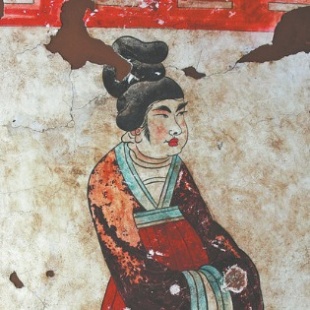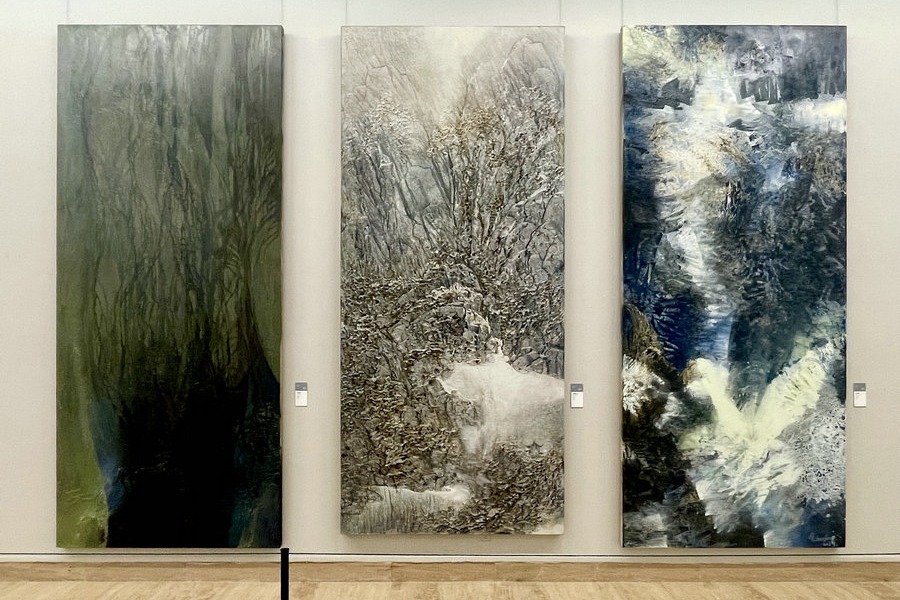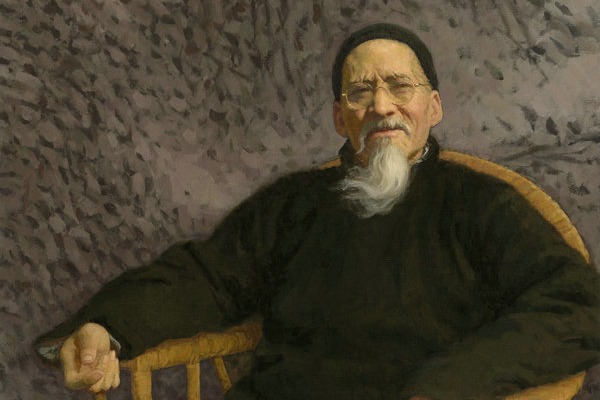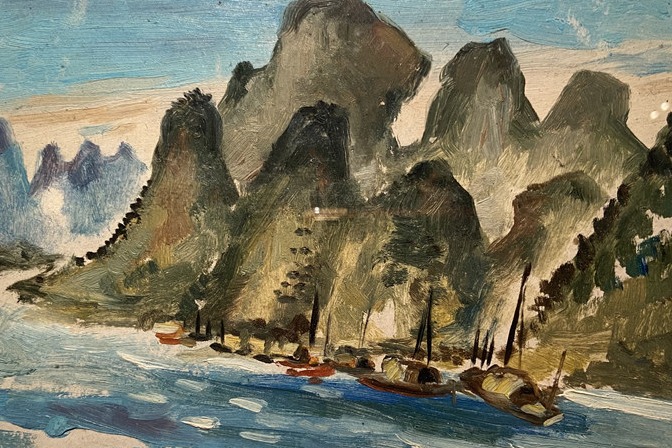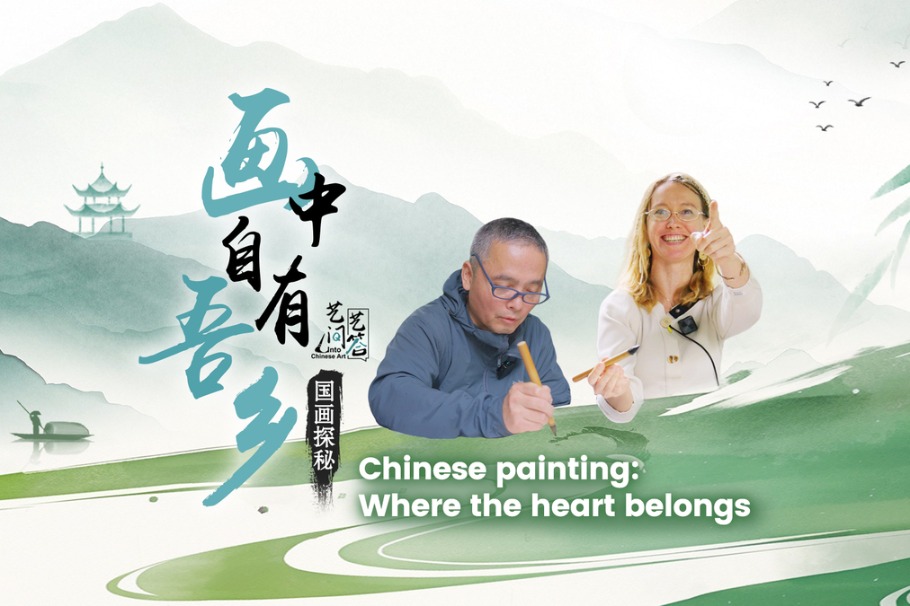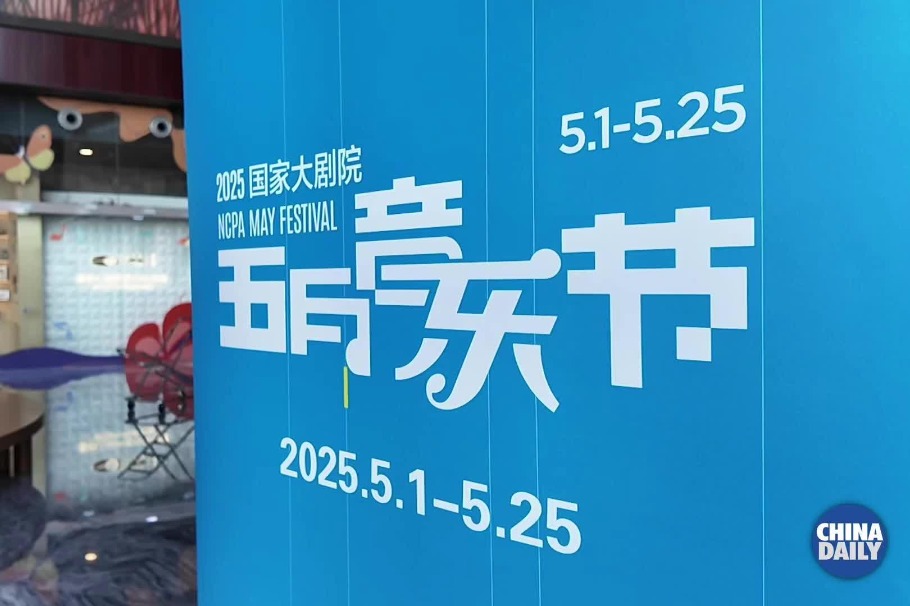Precious artworks are more than just imitations
Gao Chunlin achieves childhood dream as a mural expert replicating Tang Dynasty tomb paintings with passion and detail, Wang Ru reports.

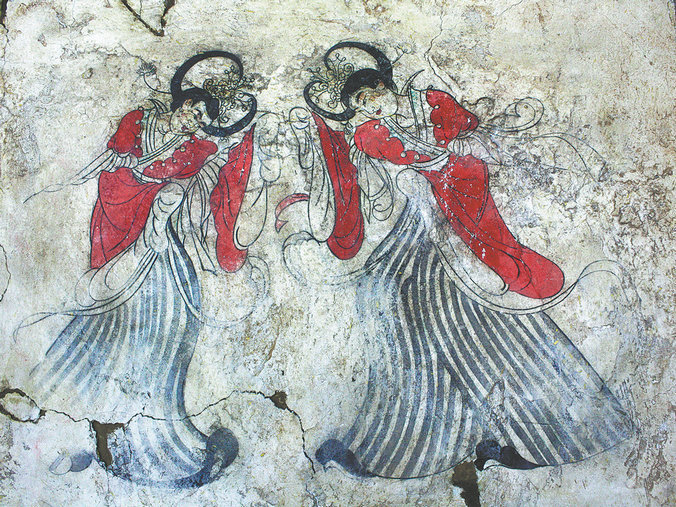
During the Tang Dynasty, most people of higher social status had murals in tombs, often depicting their servants who would continue their services in the afterlife. As a result, the Tang tomb murals feature vivid human portraits.
Since scrolls from the Tang Dynasty are rarely inherited, only leaving copies made from later dynasties, the murals, as authentic Tang creations, hold immense value as genuine Tang images that directly convey information from that era, says Gao.
According to him, Zhaoling Mausoleum has more than 200 satellite tombs, with 42 being excavated to date. Gao says although all of them would have murals, only 17 still have murals remaining.
Since murals are fragile, they cannot be exhibited in the natural environment. "Surfaces people touch can grow bacteria, which leads to the loss of the murals' colorful layers. As a result, the real murals are difficult to display to the public, often replaced by replicas," says Gao.

Zhaoling Museum's mural exhibition hall houses many of Gao's replicas. He is now the only mural expert at the museum after his colleague Lu retired in 2002.
A mural often has three parts — a supporting wall structure, a ground layer made of lime powder and the surface layer the paintings are on. When Gao replicates a mural, he completes all the tasks himself, including making the wooden frame and the ground layer without help from carpenters or plasterers.
"Some people suggest that I invite other craftspeople to help me do the basic work but I'm worried they don't consider the final effect. By handling all aspects of the process, I have space to tailor the ground layer to achieve the desired final effect, whether opting for a smooth or coarse finish. This approach enables me to create more refined replicas," says Gao.
The painters of the Tang tomb murals didn't leave their names on them but Gao and other scholars have inferred they were probably distinguished Tang royal painters like Yan Liben, from their studies.
The murals were so well made that Gao finds when copying their patterns, mere imitations could hardly render the real temperament of the masterpieces.


